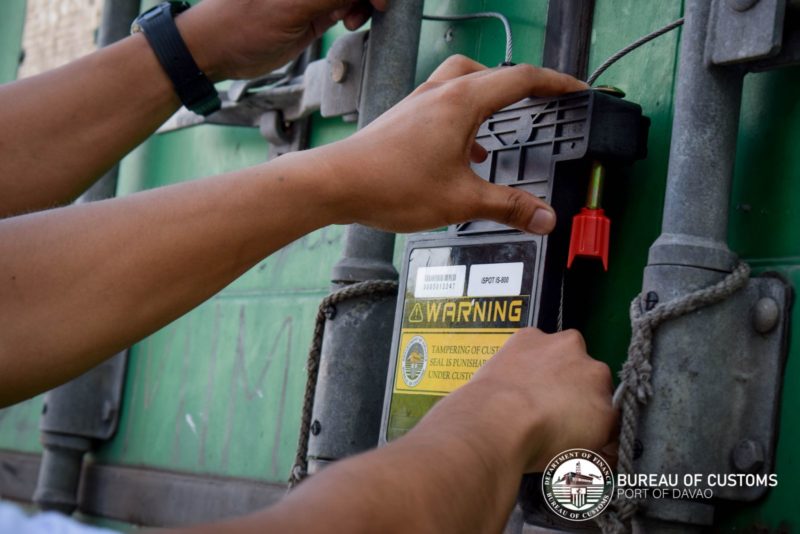-
The Bureau of Customs has expanded coverage of the Electronic Tracking of Containerized Cargo System for the transit of containers to barge or domestic vessels
-
Customs Memorandum Order No. 09-2024 covers both inland and sea transfers of containerized goods using BOC’s E- TRACC System
-
The order supplements CMO 04-2020, which established the E-TRACC System, as amended by CMO 15-2023
The Bureau of Customs (BOC) has expanded coverage of the Electronic Tracking of Containerized Cargo (E-TRACC) System for the transit of containers via barges or other domestic vessels.
Customs Memorandum Order (CMO) No. 09-2024 covers both inland and sea transfers of containerized goods using BOC’s E-TRACC System. It provides the operational procedure for transit of containers for admission to Free Zones and containers for export.
The order, which took effect immediately, implements Customs Administrative Order No. 15-2019 (rules and regulations for customs transit in the customs territory) and supplements CMO 04-2020, which established the E-TRACC System, as amended by CMO 15-2023.
E-TRACC is a web-based system launched in 2020 that tracks the inland movement of containerized cargoes during transit and transfer to other customs territories and facilities. It allows BOC to track, monitor, and audit the location and condition of cargoes, as well as obtain real-time alarms on diversion and tampering of cargoes.
Under CMO 04-2020, an electronic customs seal (ECS) is required during the transfer of cargo to a container yard/container freight station or other customs facilities and warehouses; transit of cargo bound for Free Zones, inland customs office, depots, or terminals; transit to customs bonded warehouses (CBWs); export of cargo from Free Zones, inland customs office, depots or terminals, and CBWs to port of loading; and transfer of shipments subject to further verification and/or monitoring.
To implement CMO 09-2024, the E-TRACC Systems provider, Ascent Solutions Philippines, Inc., must provide an updated system to book and monitor the movement of transit barge or domestic vessels carrying laden containers from origin to destination.
For the Port of Manila, in particular, Ascent Solutions should create in the system corridors and routes from Manila South Harbor to Tanza Container Terminal Inc. (TCTI) and vice versa, and from TCT to Cavite Economic Zone 1 and 2 and vice versa. TCTI is port operator Asian Terminals Inc.’s new barge terminal in Tanza, Cavite. BOC earlier granted TCTI a license to operate as an inland container terminal and container yard.
Terminal facilities handling barge transfers, meanwhile, should provide a suitable office for BOC and authorized customs officers assigned thereat, provide strong and stable internet access, and pay off overtime services fees beyond regular duty hours.
According to CMO 09-2024, no laden containers will be released/discharged by the terminal facility without the official documents and authorizations from BOC. Ingress and egress of empty contains will be checked at the transit terminal facility.
In case of change in travel type from barge to land, a new container booking will be required in the E- TRACC System. Laden containers with transit cargoes should not be opened, nor undergo physical examination at the transit terminal facility. No stuffing and stripping of cargoes should also be performed at the transit terminal. – Roumina Pablo
READ: Exporters’ exemption from E-TRACC under study ; PEZA gains access to E-TRACC under data sharing agreement with BOC









